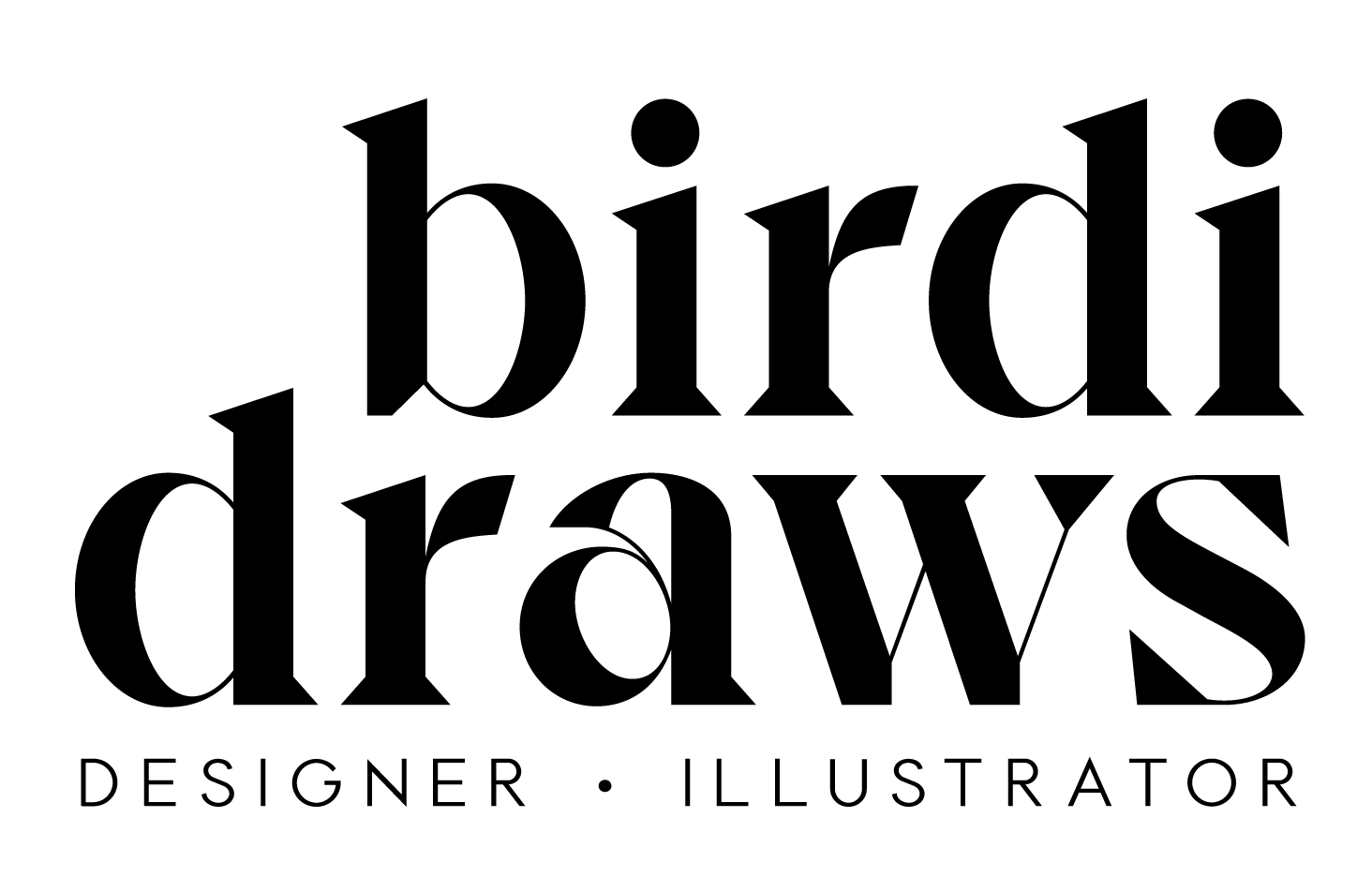✨✨This is what happens when you put an eager artist, a killer stylist and a dope videographer + photographer in one room. ✨✨
How did this idea start?
It all started from a simple handwritten logo that I created for Sameer (from S!MPLE AESTHETICS for MEN) a few months ago. After he established his styling brand, he approached me during the summer with the idea of painting the logo as a mural in his walk-in closet. I was instantly on board – it has been one of my goals to create work on a larger scale, and after being inspired by so many individuals who work on such grand works, I knew I had to try!
The method behind my madness
So after landing my first opportunity to create a mural, I began to research like crazy 😅. I asked my sister (aka brilliant artist) @birdiseyeview for tips, and sought inspiration from world-renowned contemporary muralists and their artwork. Some of those artists include Ben Johnston, Gemma O’Brien, Lauren Hom and Jennet Liaw.
After researching, I narrowed it down to the following three things, which are my tips for you!
Transferring
It’s pretty hard to take a drawing you’ve perfectly created and reproduce it on a huge wall, while making it as accurate as possible. Instead of free-handing, you can use the tracing-paper-grid-method. You would essentially draw a grid over your image, then draw the same grid scaled-up on a large sheet of tracing paper that would be measured to fit your wall. Click here to view the time-lapse video of me drawing the logo onto the tracing paper.
After tracing, I flipped the tracing paper over and coloured over my drawn lines with graphite. Then with Sameer’s help, we taped the graphite-covered side on the wall and drew over our lines (you can see that process here on my instagram!). This step leaves behind graphite on the areas you drew over, so you end up with a pencil outline of your mural on the wall. Cool, right?!The other alternative method is to project the image using a projector. If I readily had a projector at my disposal, I’d probably use this method all the time since it’s super quick and easy. But until then, I’ll stick to the tracing-paper method 🙃.
Paint Selection
Depending on where you’re creating a mural, you can use a variety of paint like acrylic, house paint, spray paint, etc. For this mural, I selected black un-tinted matte house paint since we wanted a really solid, matte finish. It was also a fairly large mural (about 51”x30”) so it tends to be less expensive to buy a small can of house-paint compared to tubes of artist-grade acrylic paint!
Painting!
Make sure you clean the wall surface first, to ensure your paint adheres smoothly. You also may need to prime the wall, again depending on the type of mural you’re creating. For this SAM one, we were lucky that it was already on a white wall so we just used white paint sparingly. After that, gather your brushes, rollers, trays and start painting!
So… how did it turn out?!
It turned out exactly as we imagined, and it was such a rewarding experience! My best advice for anyone looking to paint on a large-scale is to simply get started – don’t be afraid of messing up because at the end of the day, it’s just paint. You can always paint over it and start again!
Let me know your thoughts on this post by commenting below! A big thanks to Sameer and Pukhraj for being involved in this epic mural! 👏🏼
Photos and Video by @pvkhrajs




